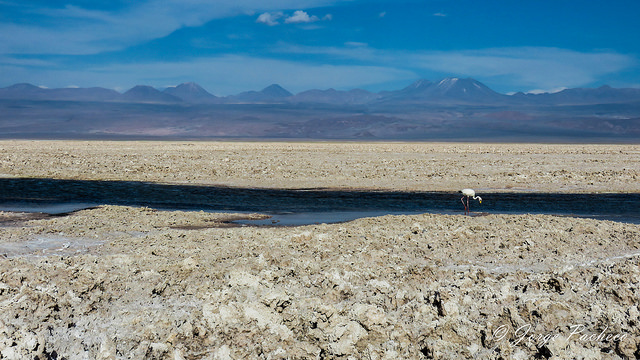Although lithium-ion batteries are expected to have the largest share in the future development of electromobility, lithium supply may not become a serious issue even by 2050, according to a recent study on electromobility and criticality of lithium supply published by the French Environment & Energy Management Agency (Ademe).
The agency’s experts, which have provided several scenarios based on reduction targets for transport-related CO2 emissions and on public policies related to electric vehicles, claim that even under the most optimistic scenario, the risk of lithium shortage from a geological point view seems limited. “However, shifts in the long-term equilibrium of the commodities markets shows that a lack of geological criticality of resources does not conceal the various types of vulnerability, whether economic, industrial, geopolitical or environmental,” they also stated.
According to them, instead, real issues may come from low number of players in the global lithium industry, and their oligopolistic position. The report cites US-based FMC and Abemarle, that operate in Chile and Argentina, respectively, and Chile’s SMQ as the three big historical players in the sector with combined market share of over 50%, as well as emerging Chinese companies such as Tianqi and Ganfeng. In addition, there are the so-called Junior Mining Companies, whose role is to identify the reserves and study the feasibility of their exploitation, the authors of the report stated.
In contrast to the historical players, new entrants have difficulty accessing sources of financing and gaining visibility on the markets. The large number of joint ventures and partnerships between players managing different reserves shows the current attractiveness of the lithium market and the desire to expand business a global scale, with producers tending to integrate into the value chain from extraction to production of final chemical compounds.
The global market is split, according to Ademe analysts, into an Atlantic market, in which Europe and America are mainly supplied by South American producers, and an Asiatic Market, in which China is primarily provided with lithium by its domestic industry and Australian companies. In 2016, Australia, Chile, Argentina and Chile accounted for around 80% of global lithium production, the report notes, with Australia being the largest producer.
The report points out the lithium triangle, which overlays Argentina, Bolivia and Chile, as a strategic axis for the future global lithium market, although it remains subject to substantial uncertainty, between economic openness and implementation of aggressive trade policies. As for China, which is also considered a strategic country for lithium supply, the study says its government policy for lithium is similar to that of the United States for oil in some respects. The study says that the growing establishment of Chinese companies in lithium producing countries suggests the idea of a Lithium Pact similar to the Quincy Pact, which provided the Saudi monarchy with US military protection in exchange for access to oil.
According to the study, most transactions in the lithium market are made in the form of supply contracts of one to three years, although the duration of contracts has tended to increase in recent years, due to volatile prices of lithium, resulting in the addition of indexing clauses.
The report also highlights that the price of lithium registered a significant increase in recent years, as a result of a strong demand of lithium for Li-ion batteries for the EV sector. “The imbalance forced EV players to buy lithium contracts at very high prices to ensure their security of supply,” the report also highlights. The authors of the study, however, stressed that the costs of lithium may represent around only 2% of the total cost of a Li-ion battery.
This content is protected by copyright and may not be reused. If you want to cooperate with us and would like to reuse some of our content, please contact: editors@pv-magazine.com.




5 comments
By submitting this form you agree to pv magazine using your data for the purposes of publishing your comment.
Your personal data will only be disclosed or otherwise transmitted to third parties for the purposes of spam filtering or if this is necessary for technical maintenance of the website. Any other transfer to third parties will not take place unless this is justified on the basis of applicable data protection regulations or if pv magazine is legally obliged to do so.
You may revoke this consent at any time with effect for the future, in which case your personal data will be deleted immediately. Otherwise, your data will be deleted if pv magazine has processed your request or the purpose of data storage is fulfilled.
Further information on data privacy can be found in our Data Protection Policy.